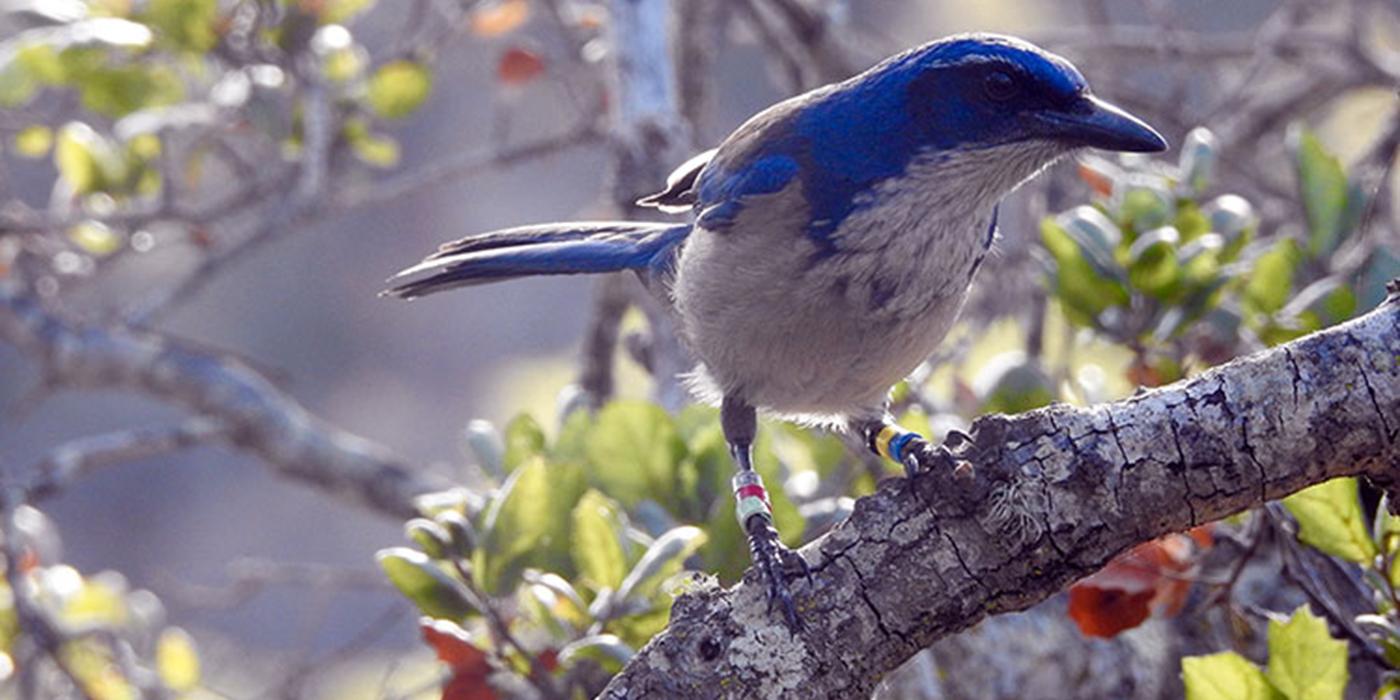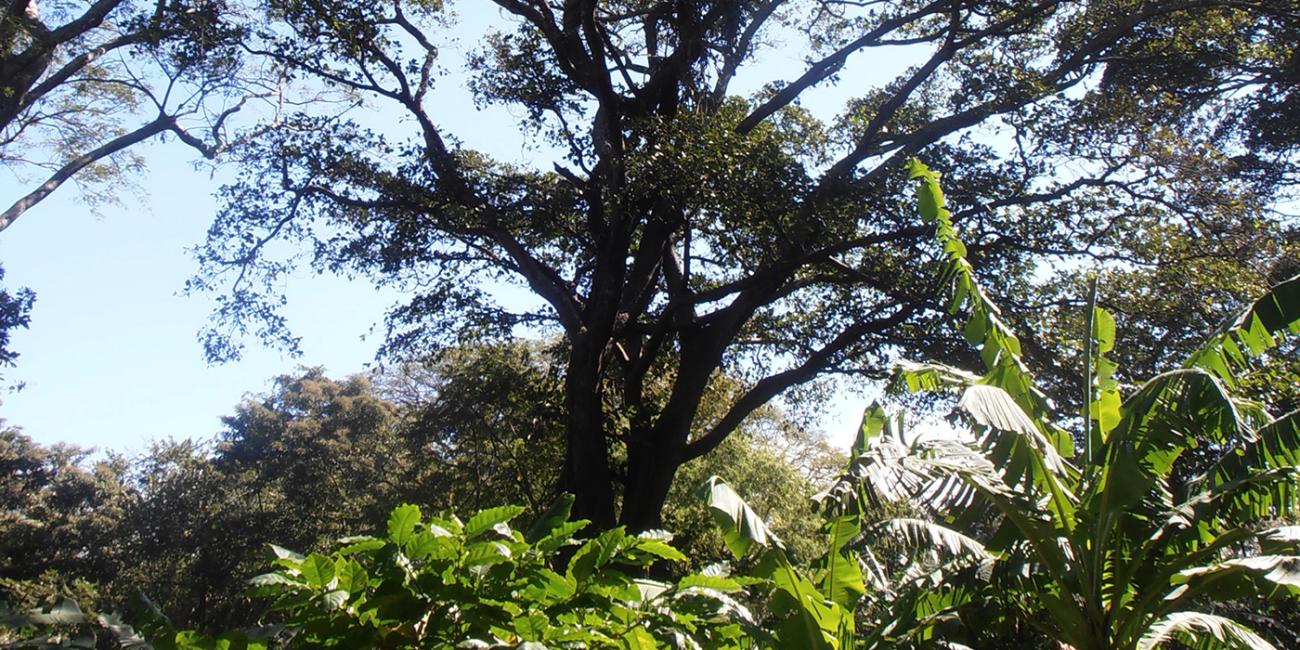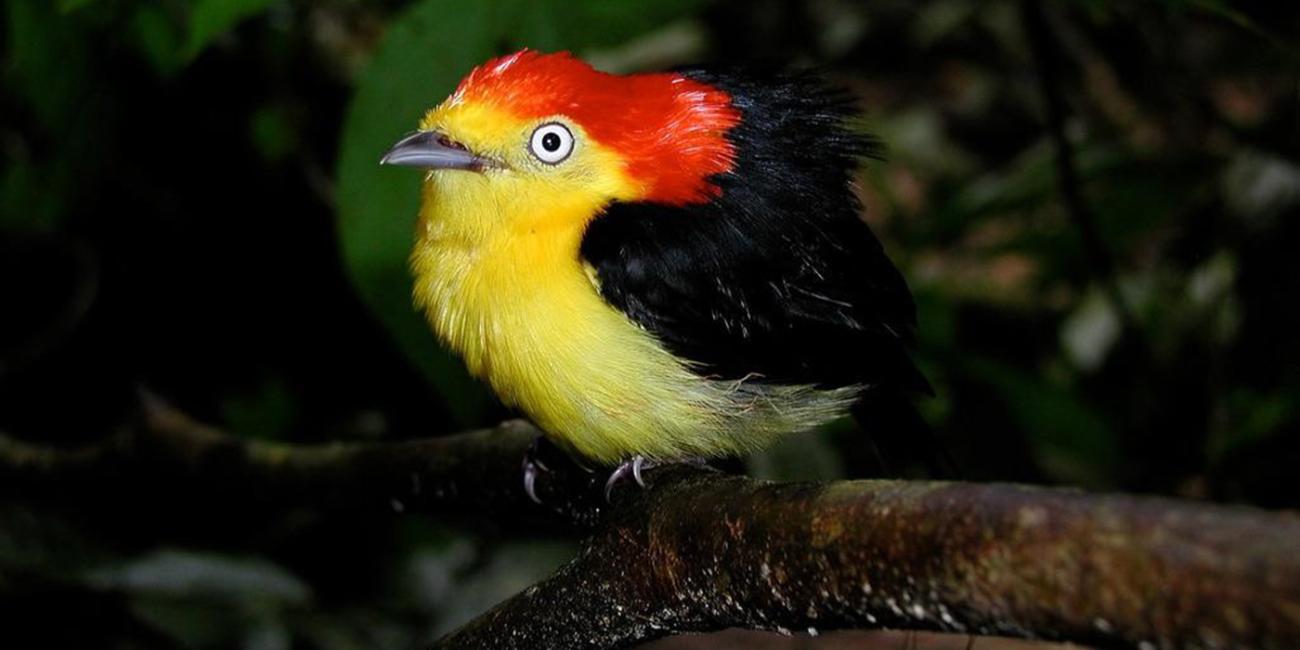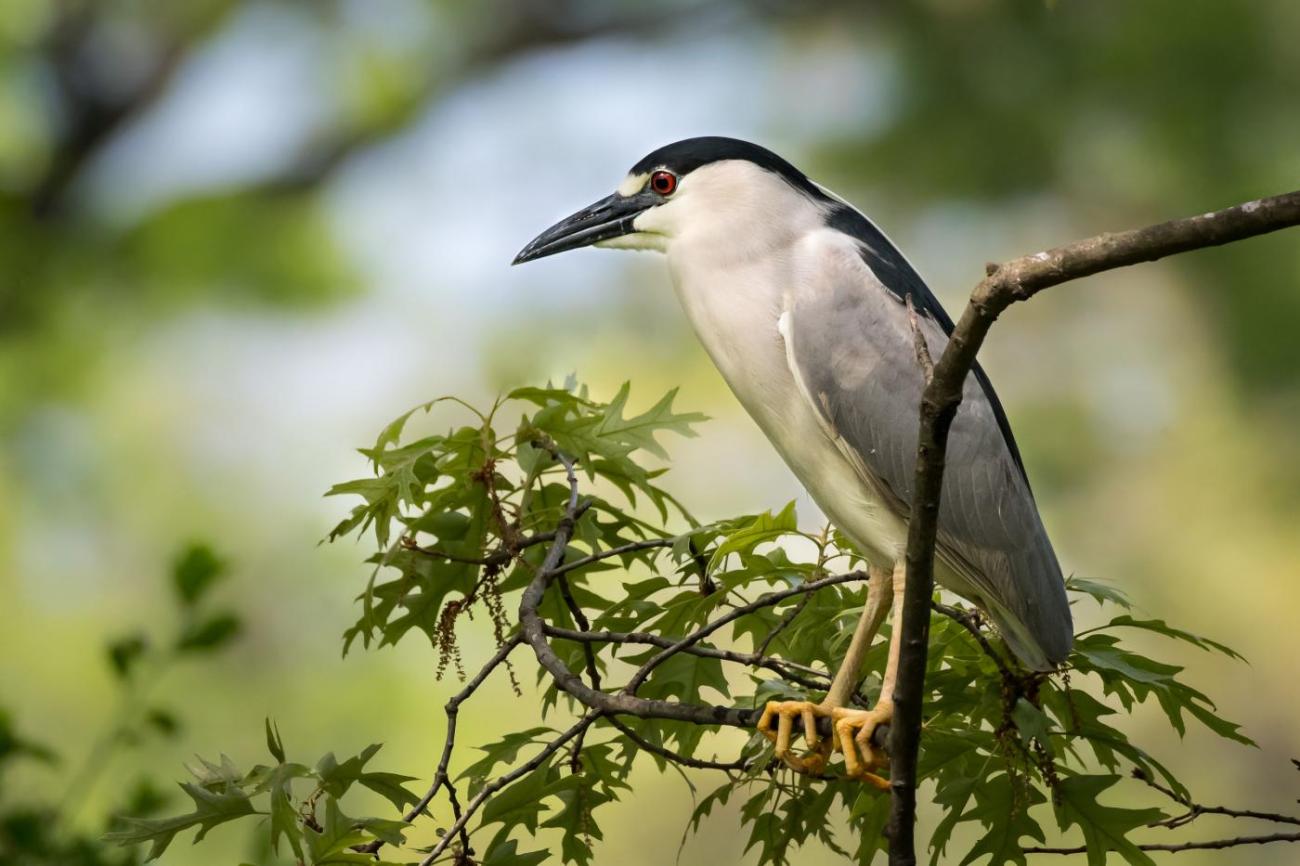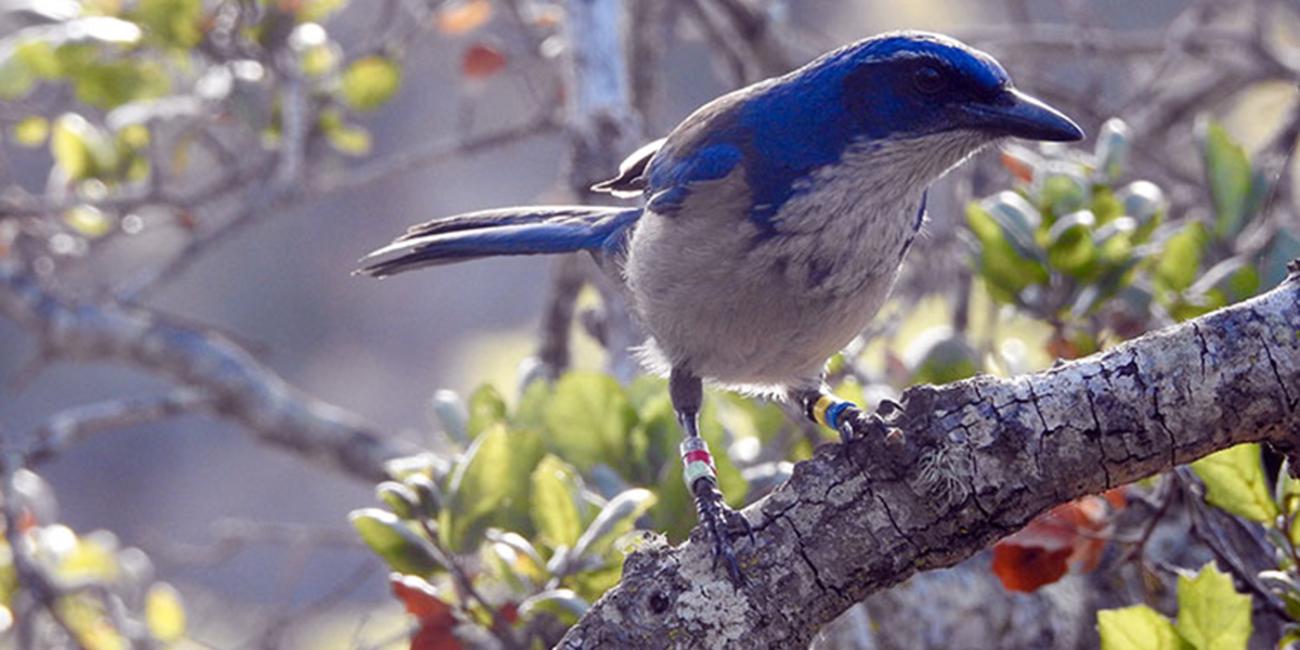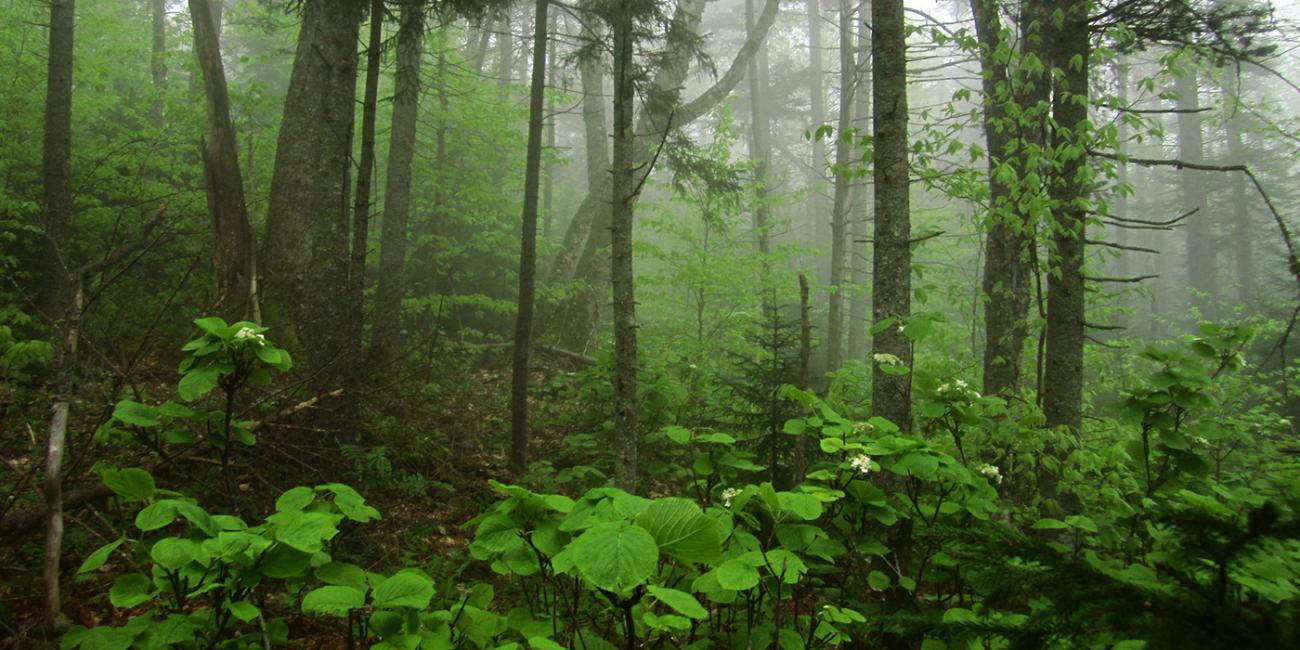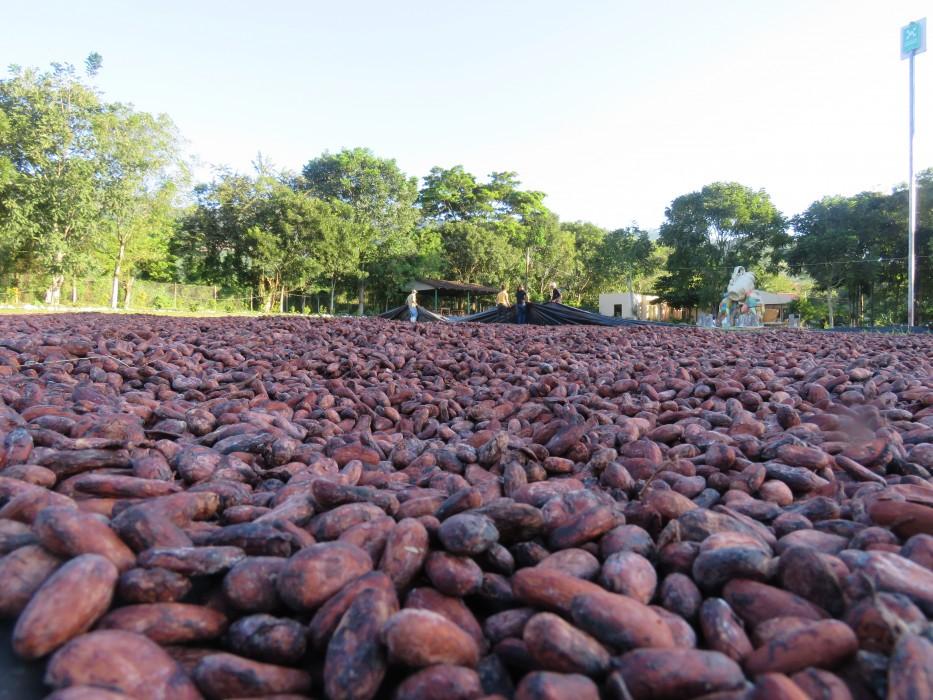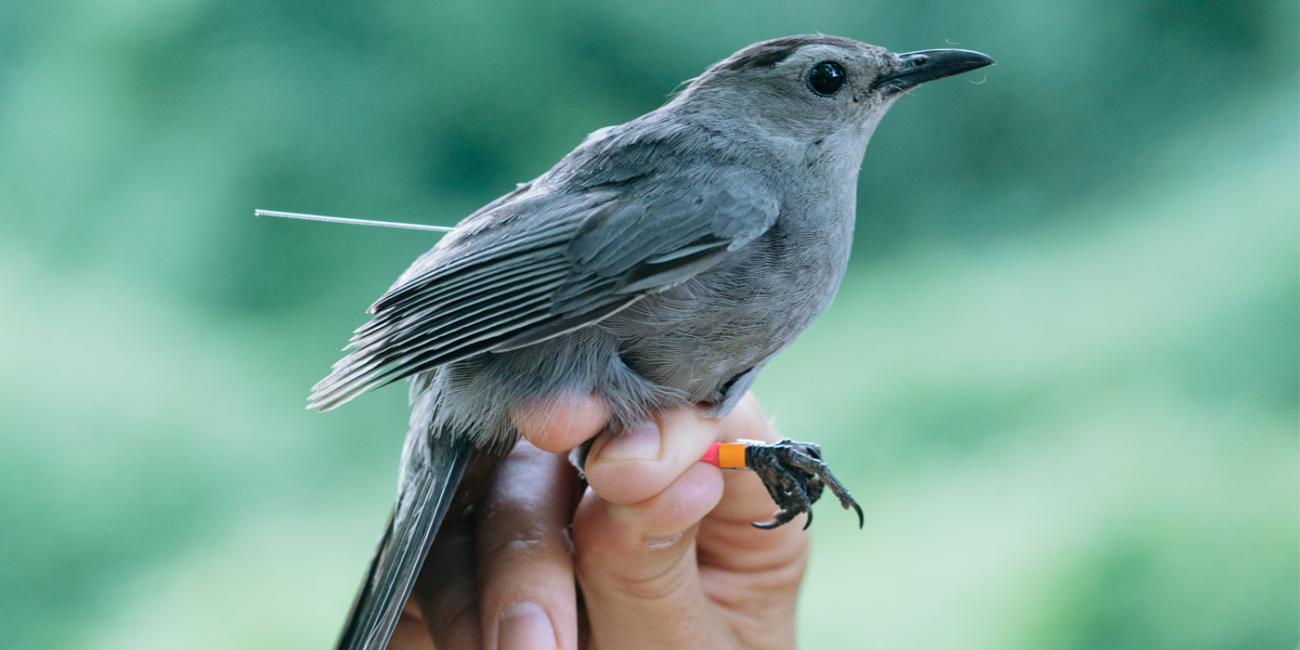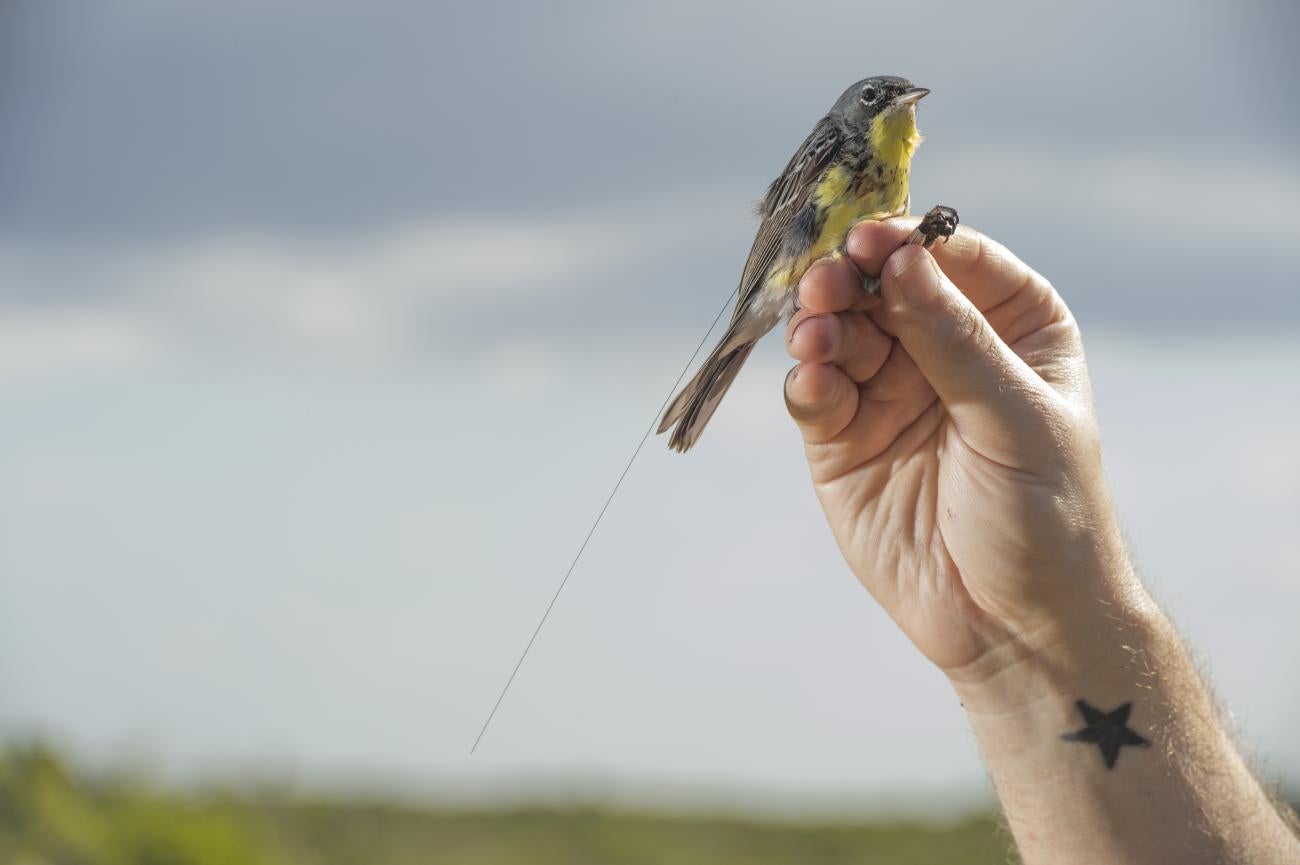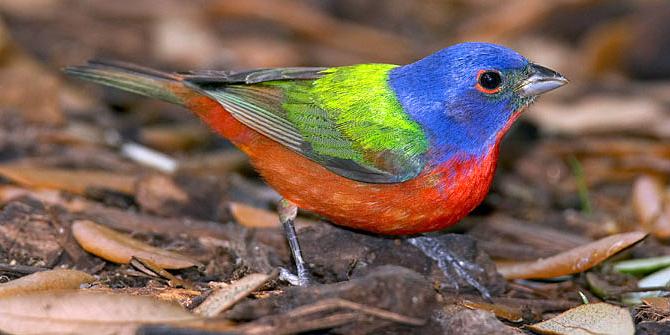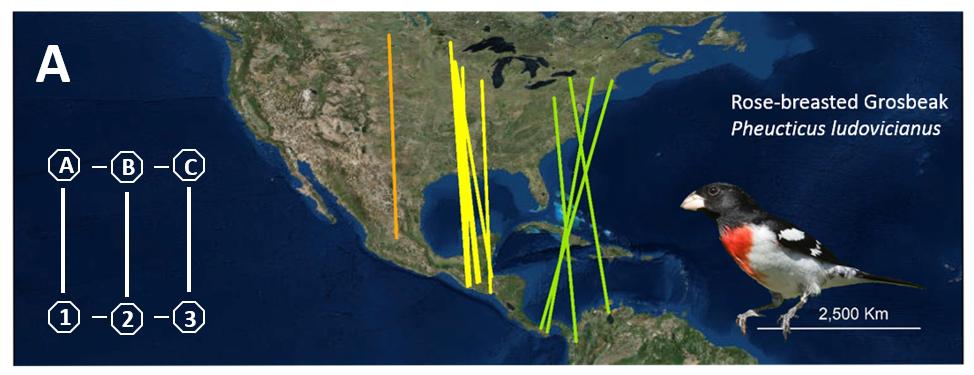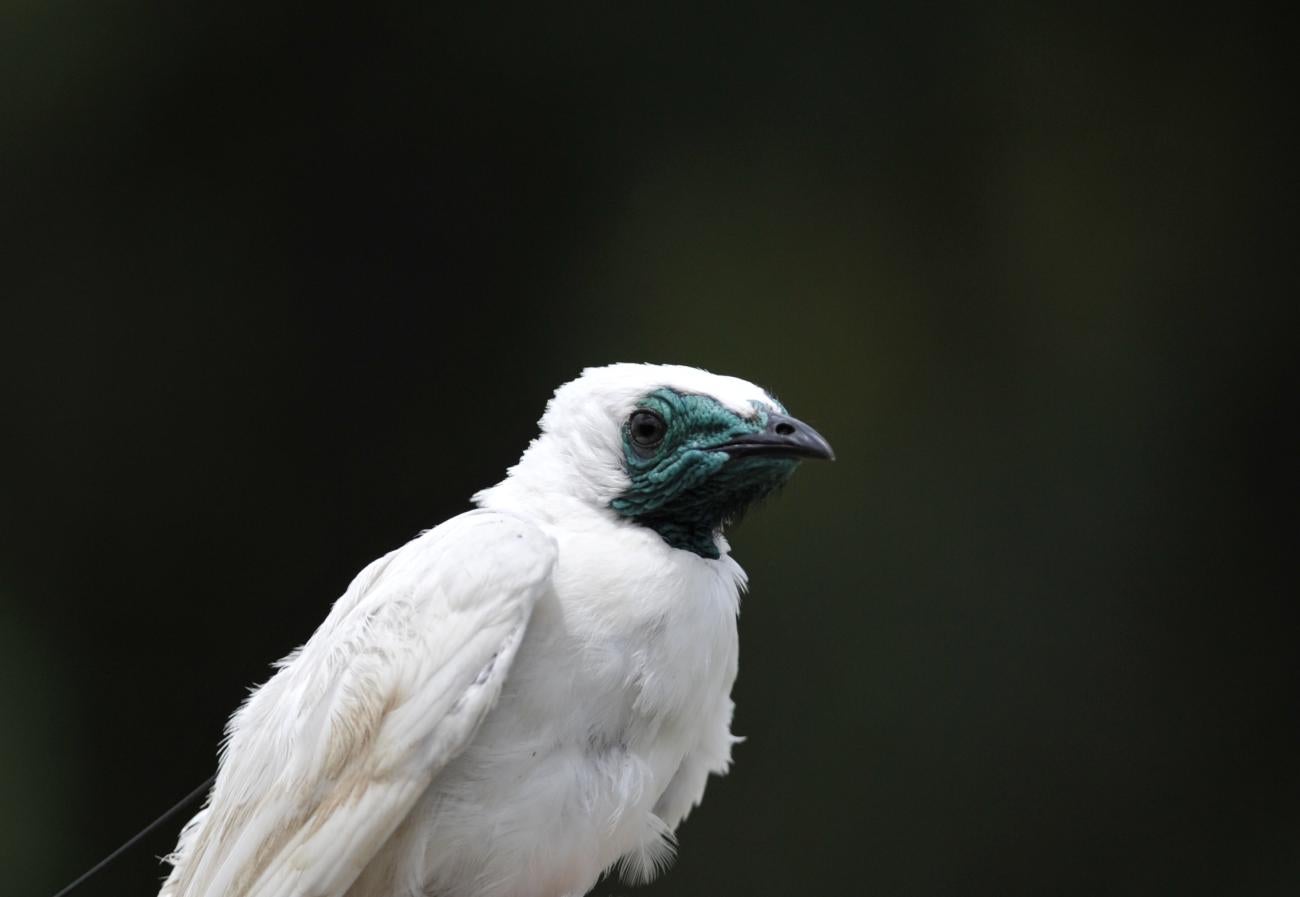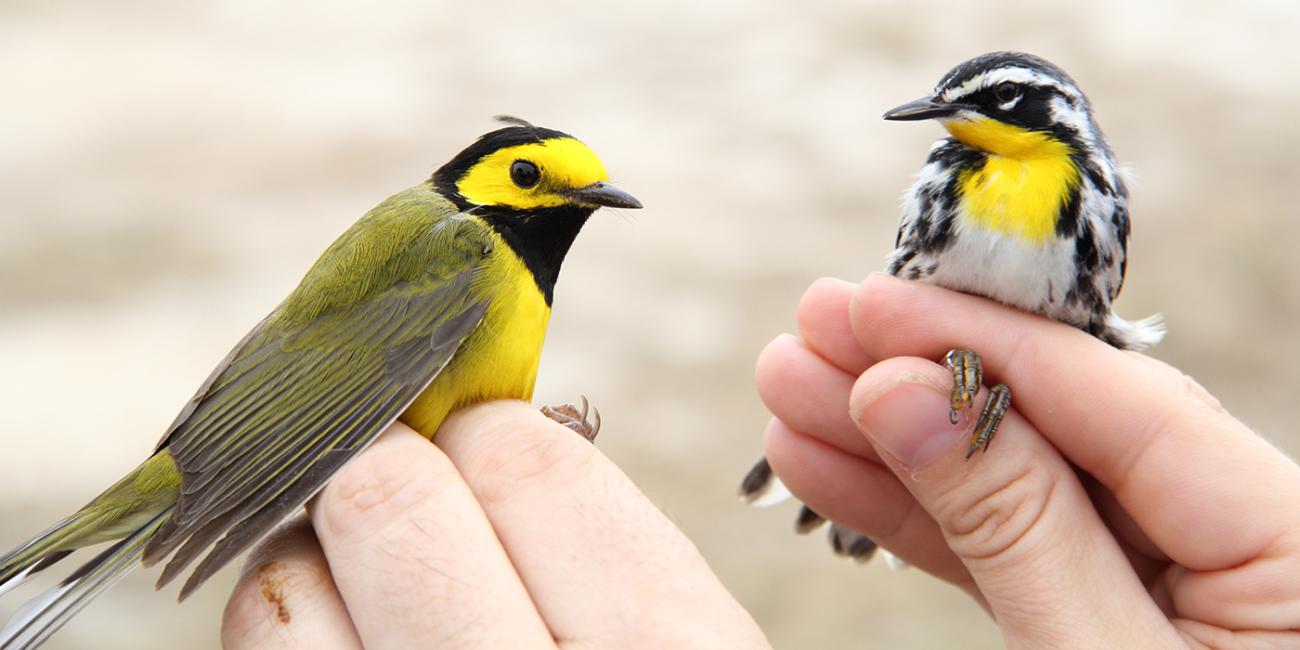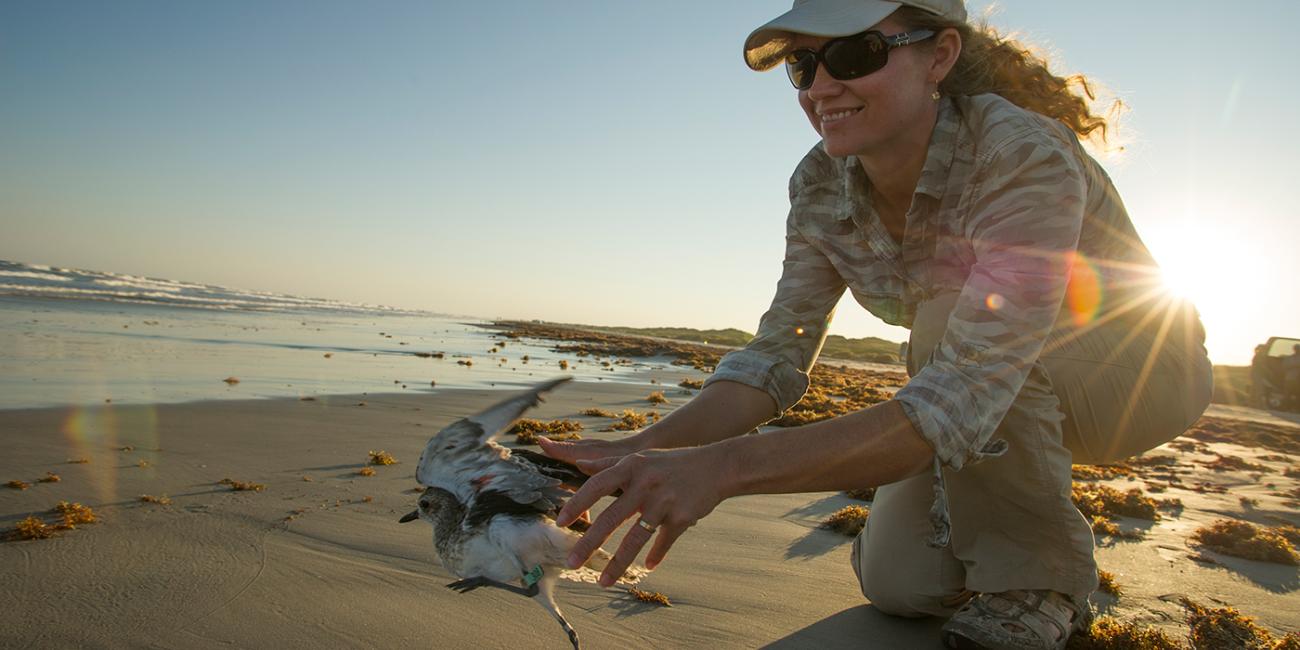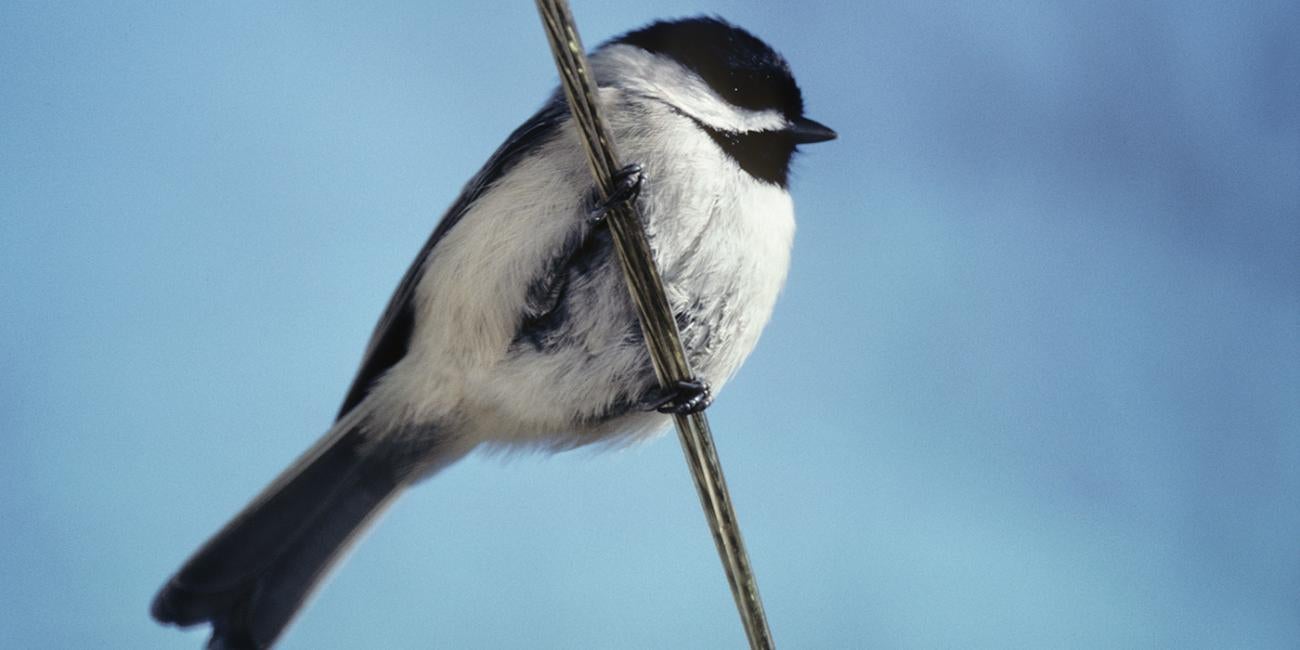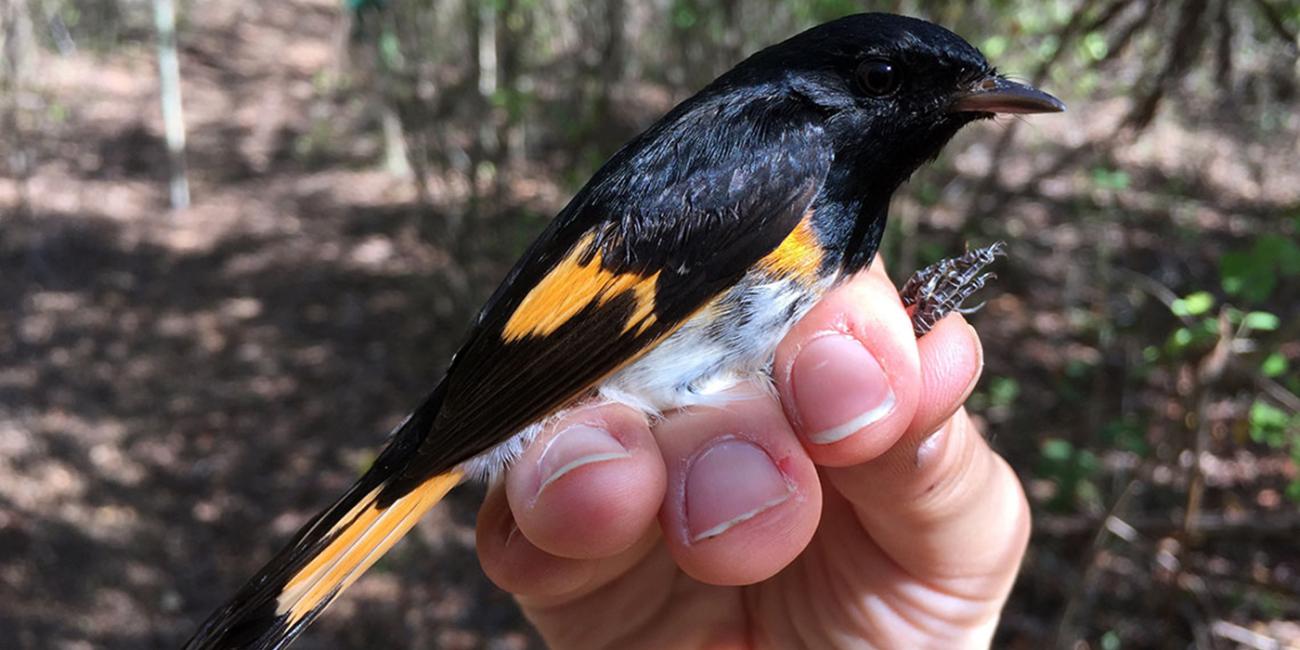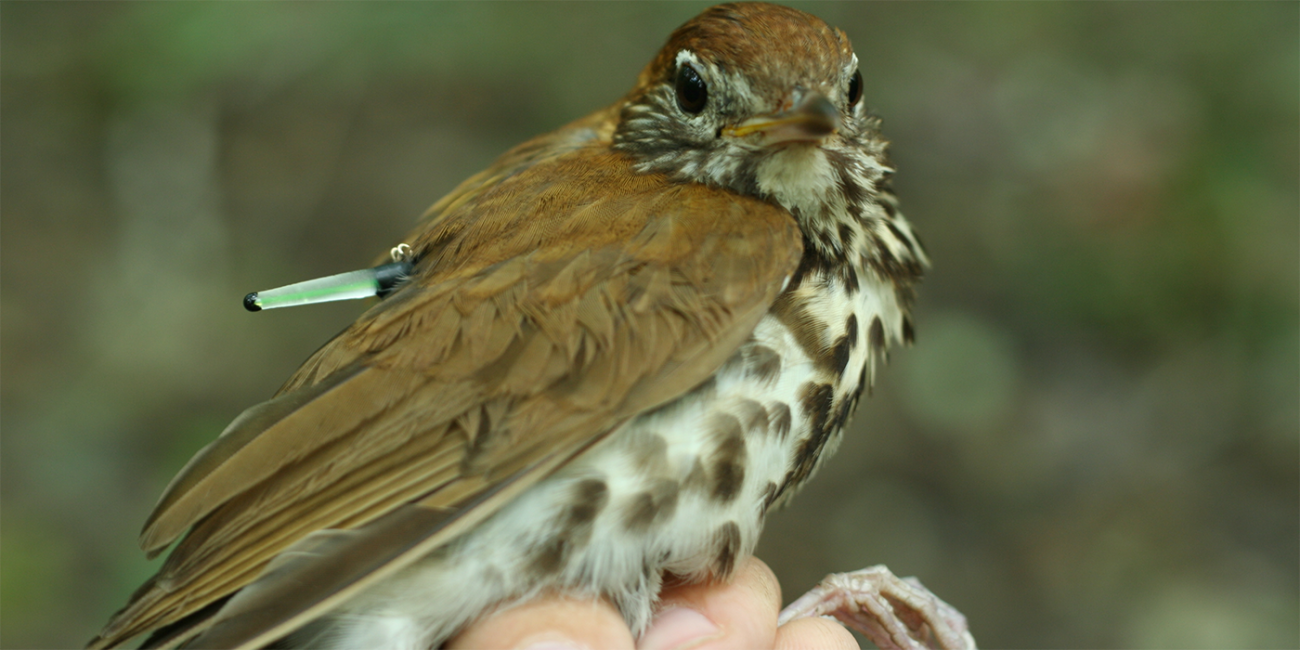Smithsonian Migratory Bird Center Research
The Smithsonian Migratory Bird Center is the only scientific institution solely dedicated to studying migratory birds. These species fly thousands of miles every year from summer breeding grounds in the United States and Canada to warm winter homes in the Caribbean, Central and South America.
Scientists at SMBC seek to understand their basic biology, what drives population size and how conservationists can use these insights to stop population declines. They are at the forefront of ornithological research, innovating holistic approaches and testing the latest tracking technologies.
SMBC research focuses on complex questions about seasonal interactions, land management, conservation and behavior. Scientists spend months in the field each year in search of answers—from New Hampshire to Jamaica, the Channel Islands to Ecuador. SMBC is proud to collaborate with some of the best researchers in the world; train hundreds of students and postdocs; and freely share as much of their data and publications as possible.

